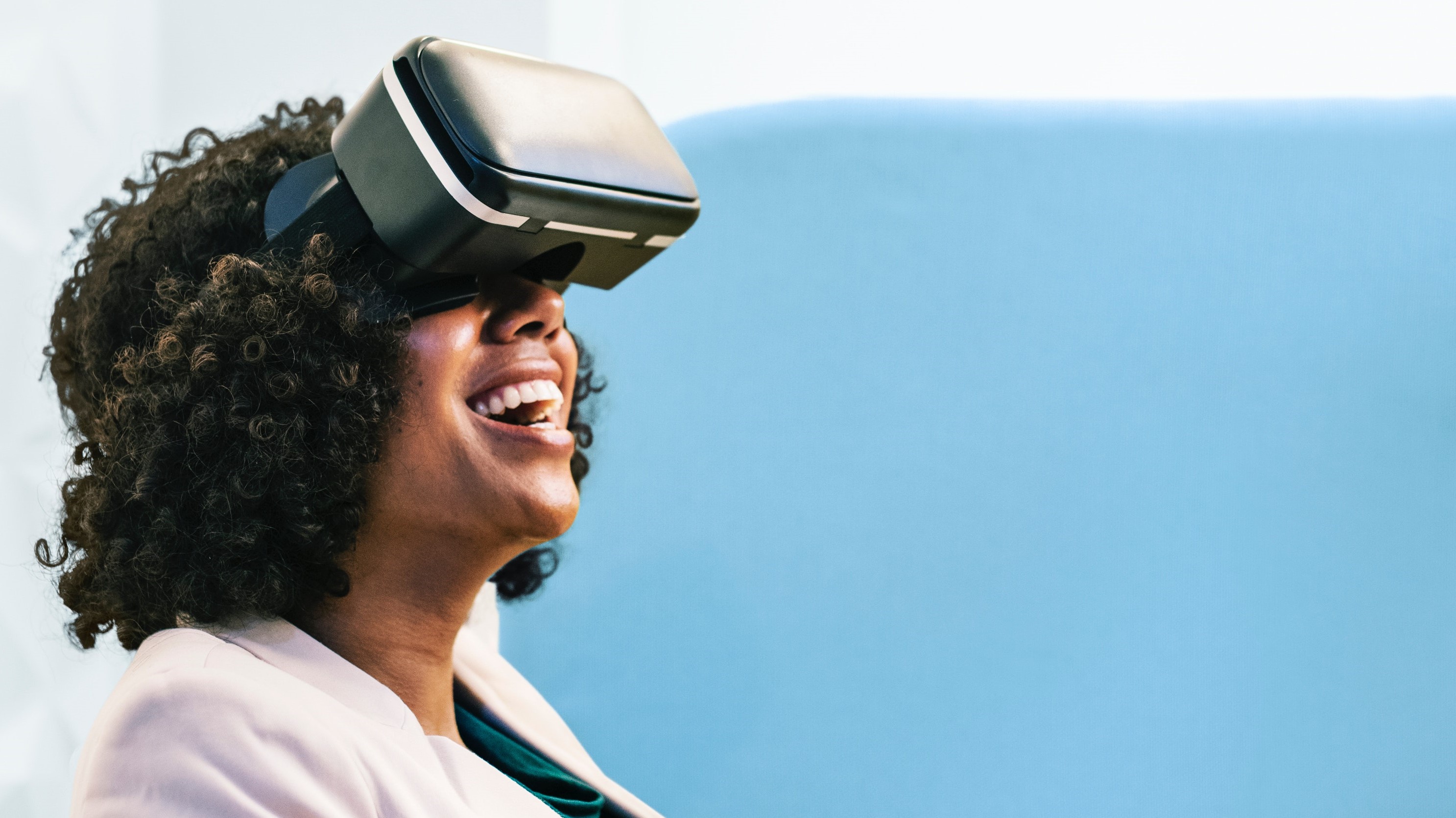Virtual reality: the safest bet business can make today
How VR and AR are completely reshaping the next generation of consumers

The VR and AR market is one of the most revolutionary tech that is going to expand from $6.1 Billion in 2016 to $192.7 Billion by 2022. Of course, there is a hidden potential that only a few are realizing and if experts are true, it is going to reshape the consumers completely.
The history of commercial consumption has been trying to gain and maintain the attention, and therefore the purchasing power of customers. Virtual reality (VR) or Augmented Reality (AR) offer new and increasingly attractive ways to win consumers’ attention and to transform the way they shop.
While this two-dimensional method of reaching consumers is undoubtedly effective, we are looking towards VR/AR to significantly shift the ways that people shop, browse, and take in information.
- The future is virtual - why AR and VR will live in the cloud
- How VR and eye-tracking can help you understand your customers
- VR needs to be led by creatives, not hardware cycles
VR, AR and personalization
Although retail has been on the decline, Augmented Reality can allow companies to retain customers through a more personalized experience. Consumers increasingly expect businesses to anticipate and meet their needs which is why they are their customers in the first place, and AR can successfully allow them to do this in ways that other technologies simply can’t.
Take the real estate industry for instance, when a consumer goes to buy an apartment, the builder presents him/her with a flashy 3D model that sits duck on a large table and provides next to none information about the apartment itself. Some builders even run an animated version of the apartments that doesn’t even look real at times.
But imagine a virtual tour? Just like playing games where gamers walk on a rail-bar placed at unfathomable heights, a buyer can, too, easily visit the home from inside, see the decor and placement of the furniture, how the kitchen is and a lot more. Which definitely increases the chance for the builder to make a sale.
Similarly, imagine having to try that gothic shirt you want or the new pair of Jordans and even the funky eyeglasses. The potential is real here and applications are endless given businesses learn to let their customers connect with product or service rather than wooing them with useless ads. As consumers develop along with technology, they will expect the places they shop to treat them like an individual, with unique shopping experiences and recommendations.
Are you a pro? Subscribe to our newsletter
Sign up to the TechRadar Pro newsletter to get all the top news, opinion, features and guidance your business needs to succeed!
Major retailers such as Target and Walmart have already been developing technology along these lines. Target unveiled an AR feature that allows customers to view 3D versions of desired products within their own home. Each product is scaled, allowing consumers to exactly visualize the way their living room or kitchen would look with a Target product should they choose to buy that product.

Providing a more personalized experience
Personalization in any business will not be successful if the brand doesn’t make use of modern technologies big and small companies alike have started to realize the potential. Augmented Reality, for example, can provide clients with the desired entertainment experiences that enable clients to be more engaged with a brand.
While previous consumers may have been more interested in the intersection of price and quality, the new consumer increasingly leans towards the experience behind the product. And they expect that experience to be personalized. They want to feel like they share the same set of ideals with the company, not simply that the company produces a satisfying product. The new entertainment experience that consumers desire can most effectively be delivered with the use of developing technologies, such as AR.
While VR offers amazing potential in the realm of customer experience, it is going to impact consumer lives in other large ways. What we are about to witness, and what’s already beginning to happen is VR spreading its potential across an entirely new domain of industries, including education, healthcare, sports, recreation, and many more.
A series of studies performed by the American Society of Anesthesiologists showed that innovative, new VR technologies are likely to reduce children’s pre and post-surgical pain and anxiety. In addition, the New York Times has used VR to enhance their ability to tell stories, allowing readers to view 360-degree videos alongside stories in order to create an enhanced reader connection.
If a virtual reality-based experience is present in other walks of life, and delivering a high-quality experience in various realms, then consumers will naturally begin gravitating towards this experience when shopping as well.
This stir that the technological world is feeling is also shaking the retail industry on a significantly larger scale. All the major players have jumped the bandwagon; Facebook took over Oculus, Samsung is putting efforts in its VR, Google trying to the victor the race already and invested over 500 million on its project Magic Leap, and Microsoft recently showcased it Hololens 2 in MWC 2019. But why so much for VR/AR? Well, it’s pretty simple, this particular can increase the efficiency of a business, bring down overall marketing cost and provide useful data and customer analytics. It’s a win-win for both consumer and business.
Looking to the future
While some people are cynical about VR and its ability to make positive change, there is no doubt that VR/AR is transforming various industries in radical ways. Customer service is one industry that will change with increasingly accessible and widely used AR/VR technologies. As consumers grow to expect more from their shopping experience, new technologies will need to be developed in order to fill that need. Consumers will come to and are already coming to, expect an experience based around their personal desires and ideals. Virtual Reality is the technology that will meet the new consumer’s demands.
Rafal Szymanski , Founder and CEO of Global Tech Makers
- Think only retailers can benefit from VR? Also check out the best VR apps for education
Rafael Szymanski is the Founder and CEO of Global Tech Maker.
He is an exceptional insight into leading people, especially when faced with complex organizational change. His qualities are: high energy, results oriented leader who inspires teams, increases productivity, and imparts wisdom with a warm, steady, self-effacing style. He has a proven experience transforming organizations into thriving environments, while simultaneously generating high employee satisfaction and loyalty.
